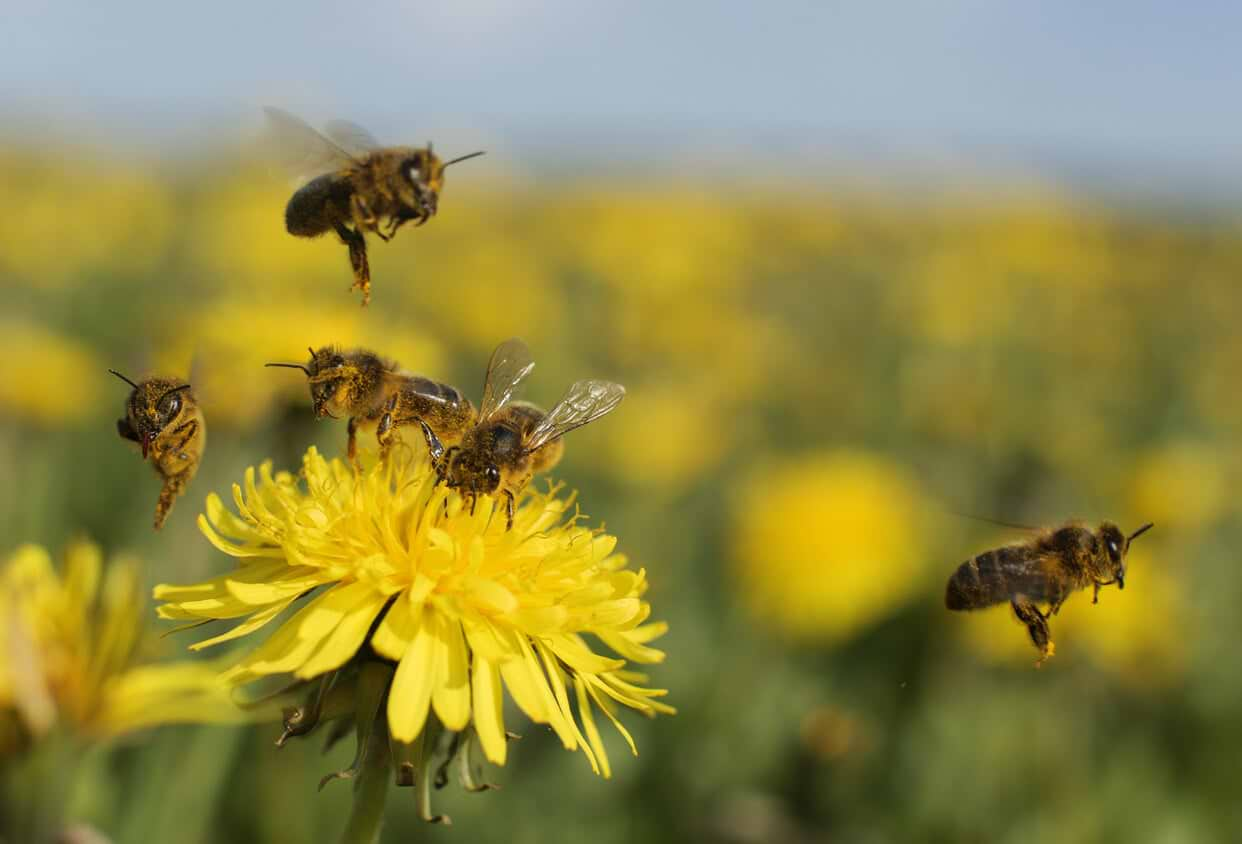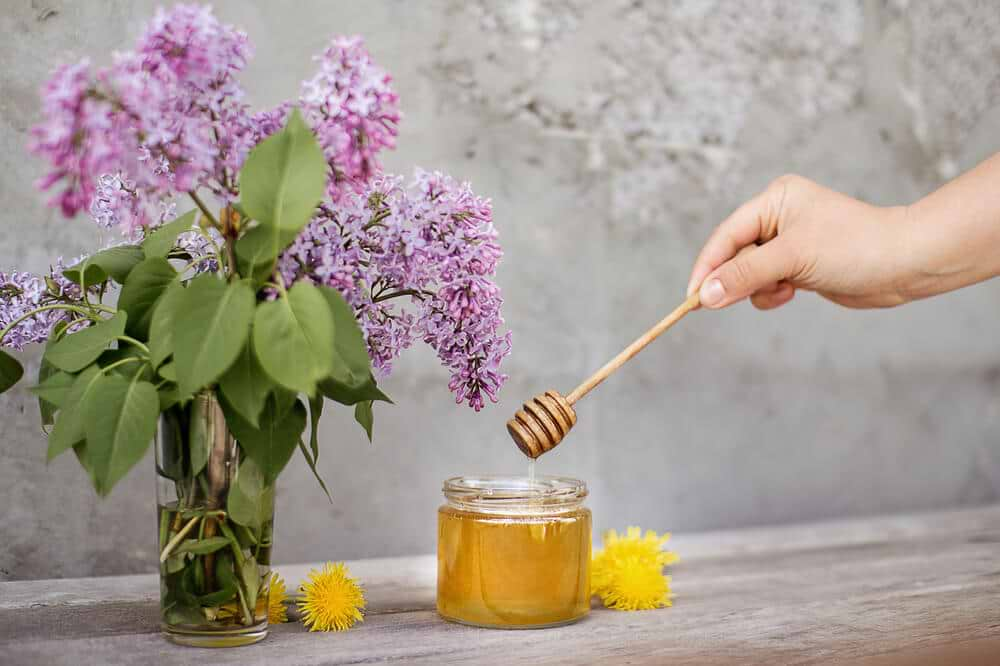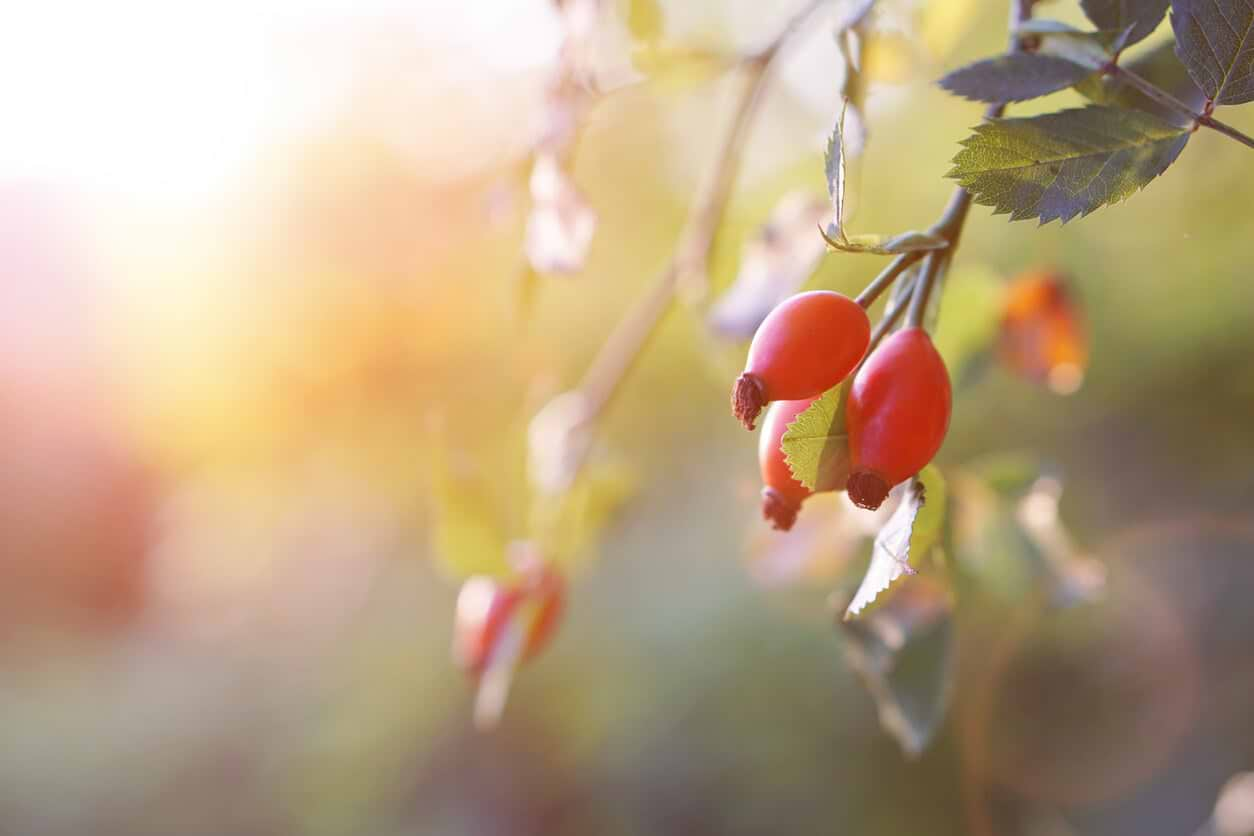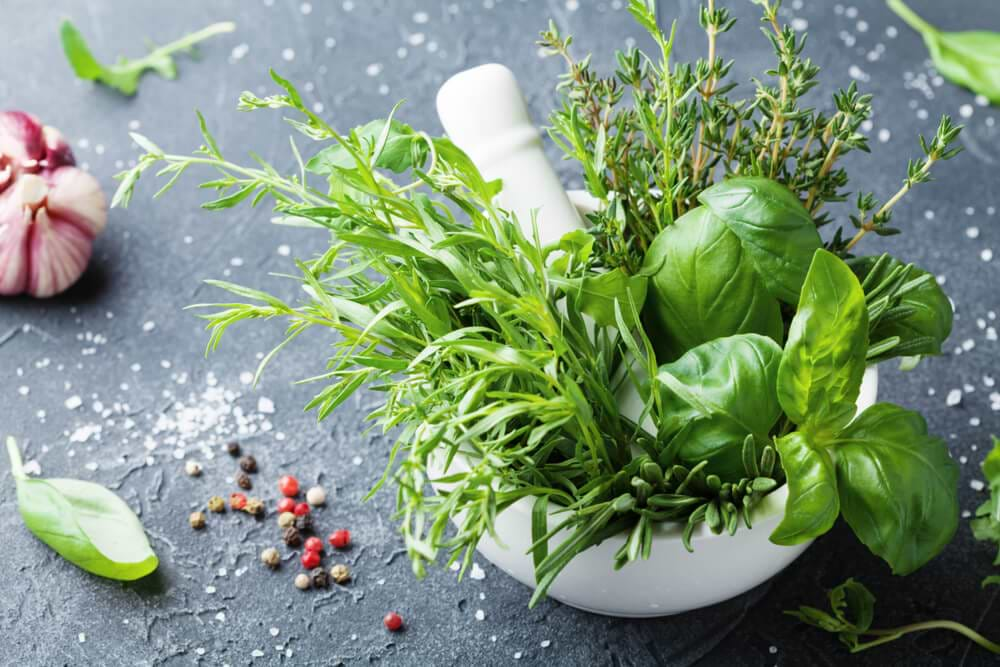Pines and other evergreen trees have long been symbols of eternal life. During the cold winter months, when all other plant life is still, pine shines green.
As such, it has long held a sacred place in cultures around the world.
In North America, among the Rio Grande Pueblos, pine trees were taken from the forest in early winter and brought into the dancing area, one placed in each of the four directions. The Pine Tree Dance was then celebrated as an offering of thanksgiving and prayers for the winter. Once the ceremony was completed, the trees were brought back to the forest or set adrift on a river.
During the winter solstice, the Arikara would bring a coniferous tree, usually pine or cedar, to the center of their village. Presents were offered to the tree spirit. It was decorated with paint and feathers and moved to stand upon a sacred stone pillar where it would stay until the spring.
Similarly, in the Celtic tradition in Europe, pine, spruce and fir represent eternal life. During the winter solstice, gifts of fruit, cloth, and other offerings were placed at and on the trees. During this dark time of year, people would ask for blessings of renewal of life, fertility, and abundance while making the offerings. Christianity later adopted this tradition, which has evolved into our present tradition of the Christmas tree.
Pine is also amazingly useful. Beyond the obvious use of its beautiful wood, the resin of some species is a valuable source of turpentine.
It is also food and medicine. Pine is one of the highest sources of vitamin C and was historically used to treat scurvy (Hatfield, 2004). It was also traditionally used to ease coughs and other symptoms related to seasonal challenges and externally for skin conditions and to speed the healing of wounds.
Research has focused on pine's role as a support herb to ease swelling and its antioxidant properties (Tunon et al., 1995; Kronen et al., 2004; Rauha et al., 2000). Traditionally a tea or syrup was made from the needles, although today extracts are also made from pine bark.
All of the approximately 115 species of pine produce edible seeds or "nuts", although only about 20 species produce seeds large enough to be worth the effort. Pine nuts are an excellent source of protein and high in magnesium, potassium, iron and vitamin K. The trick is getting to them before the squirrels do. Harvest the unopened cones and store in a paper bag until they release their seeds.
Pine Syrup Recipe
Ingredients:
- 4 cups of water
- 1 cup Pine ( you can also use Spruce) needles
- 2 cups sugar or honey (if using honey, start with 1 cup)
- ¼ to ½ cup brandy
- 1 tablespoon Elderberries (optional)
Directions:
- Bring the water to boil in a stainless steel saucepan.
- Add the needles (chopped), cover, reduce heat and let simmer for thirty minutes.
- Add the Elderberries if desired.
- Let stand for two to three hours.
- Strain and return to heat and simmer until the liquid is reduced by half. Remove from heat.
- Measure the liquid. You should have about 2 cups. Add equal amount of sugar and stir until dissolved. If using honey, it is sweeter so you will want to use less. Start with half the amount of liquid (about 1 cup) and then slow add until you reach the desired taste and consistency.
- Once cool, add brandy.
- Bottle and store in the refrigerator.
Take one tablespoon as needed for coughs or get creative and use in winter desserts.
References
- Hatfield, G (2004) Encyclopedia of Folk Medicine: old world and new world traditions. ABC Clio Publishing: Oxford.
- Karonen M, Hamalainen M, Nieminen R, Klika KD, Loponen J, Ovcharenko VV, Moilanen E, Pihlaja K (2004) Phenolic Extractives for the Bark of Pinus sylvestris and their effects on Inflammatory Mediators Nitric Oxide and Prostaglandin E2, Journal of Agriculture and Food Chemistry, 52 (25), 7532-7540.
- Rauha JP, Remes S, Heinonen M, Hopia A, Kahkonen M, Kujala T, Pihlaja K, Vuorela H, Vuorela P (2000) Effects of Finnish plant extracts containing flavonoids and other phenolic compounds, International Journal of Food Microbiology, 56(1), 3-12.
- Tunon H, Olavsdotter C, Bohlin L (1995) Evaluation of activity in some Swedish medicinal plants: inhibition of prostaglandin biosynthesis and PAF-induced exocytosis, Journal of Ethnopharmacology, 48(2), 61-76.
Erin Smith has been working with plants for 25 years and is medical herbalist and ethnobotanist. She is the creator of Plant Passionate Living, an interactive program designed to help people find greater health and vitality through a deeper relationship with plants. Erin is the Founder and Director of the Center for Integrative Botanical Studies.
For educational purposes only. This information has not been evaluated by the Food and Drug Administration. This information is not intended to diagnose, treat, cure, or prevent any disease, or sell any product.
Recommended Products
Further Reading












